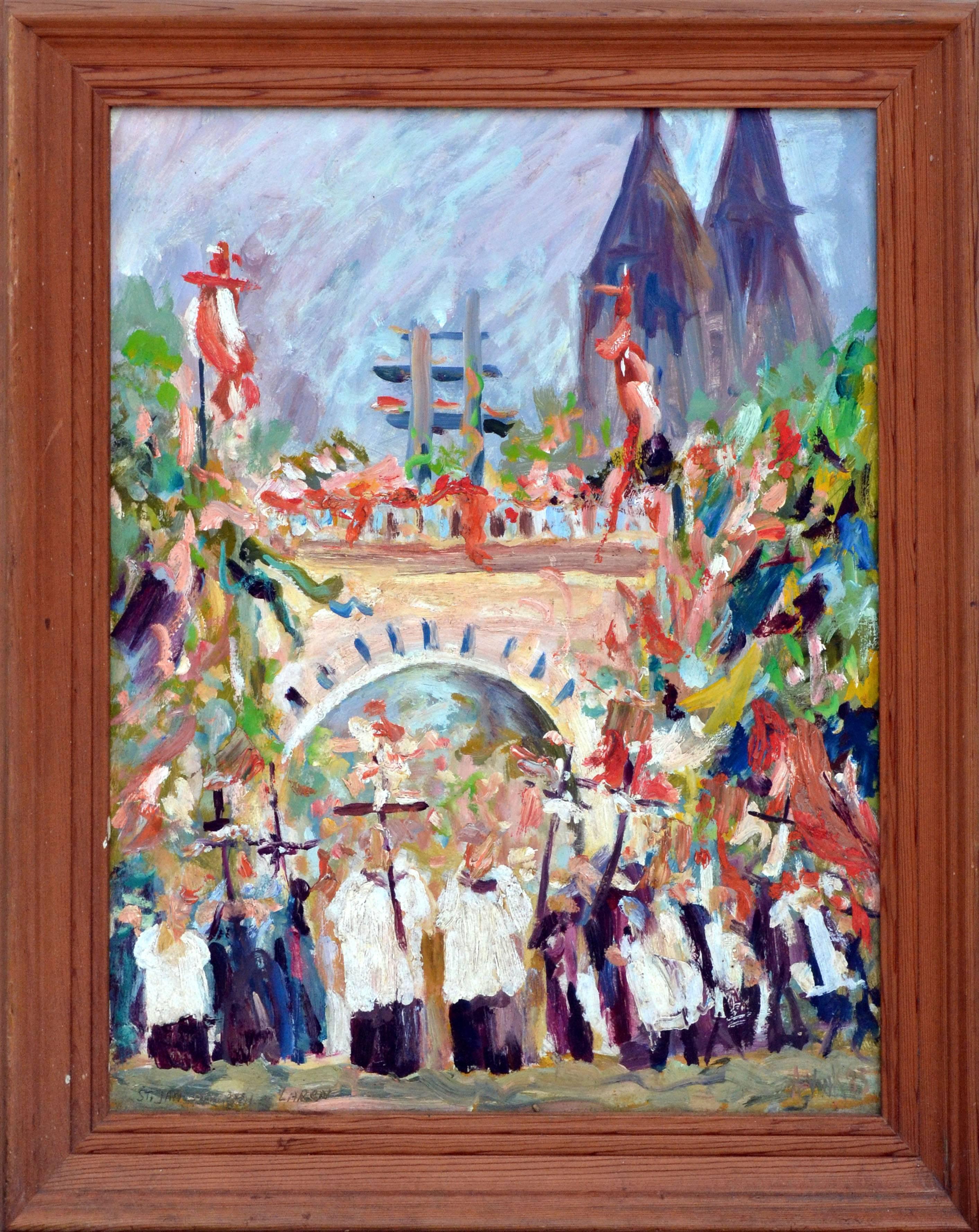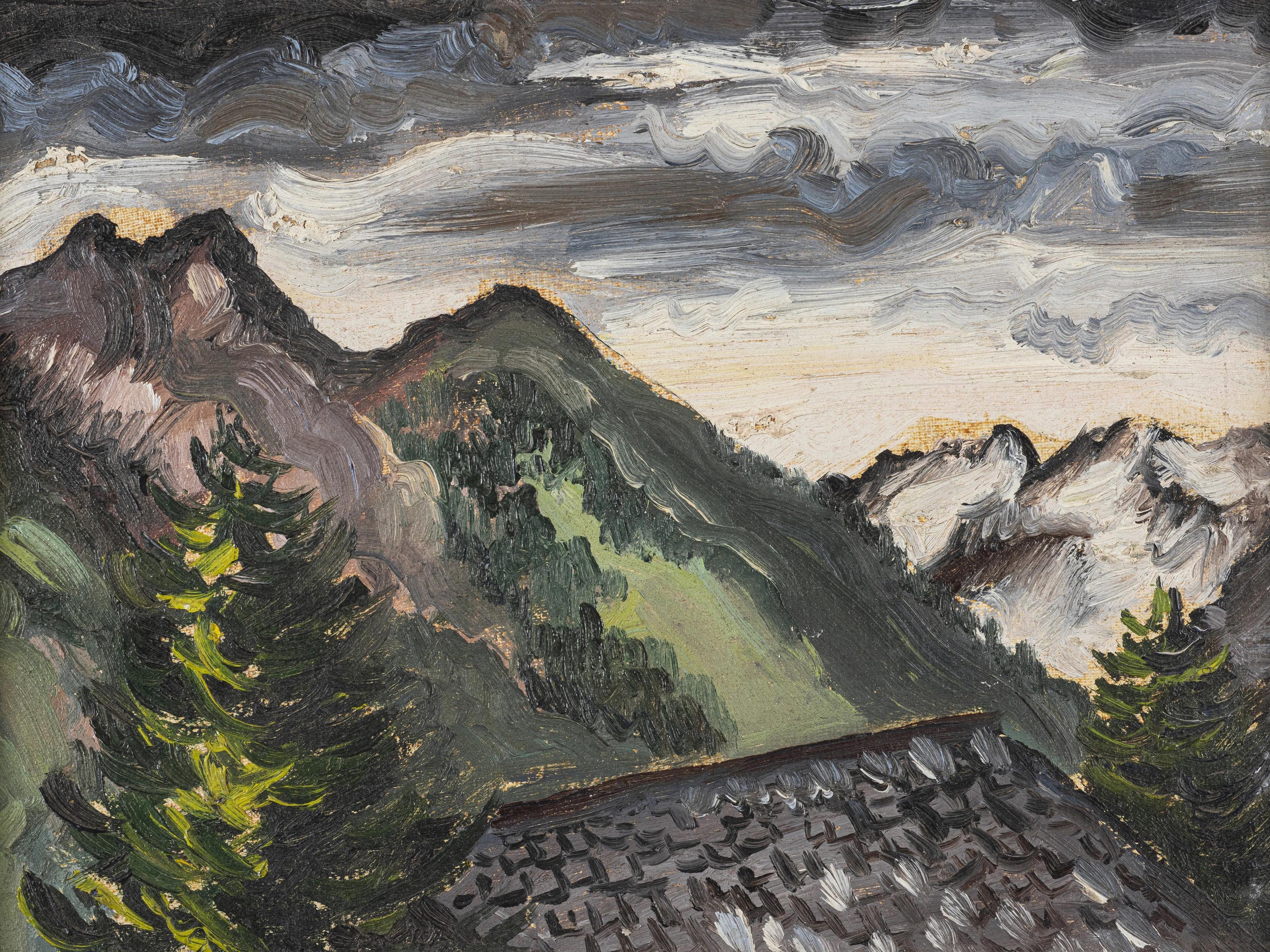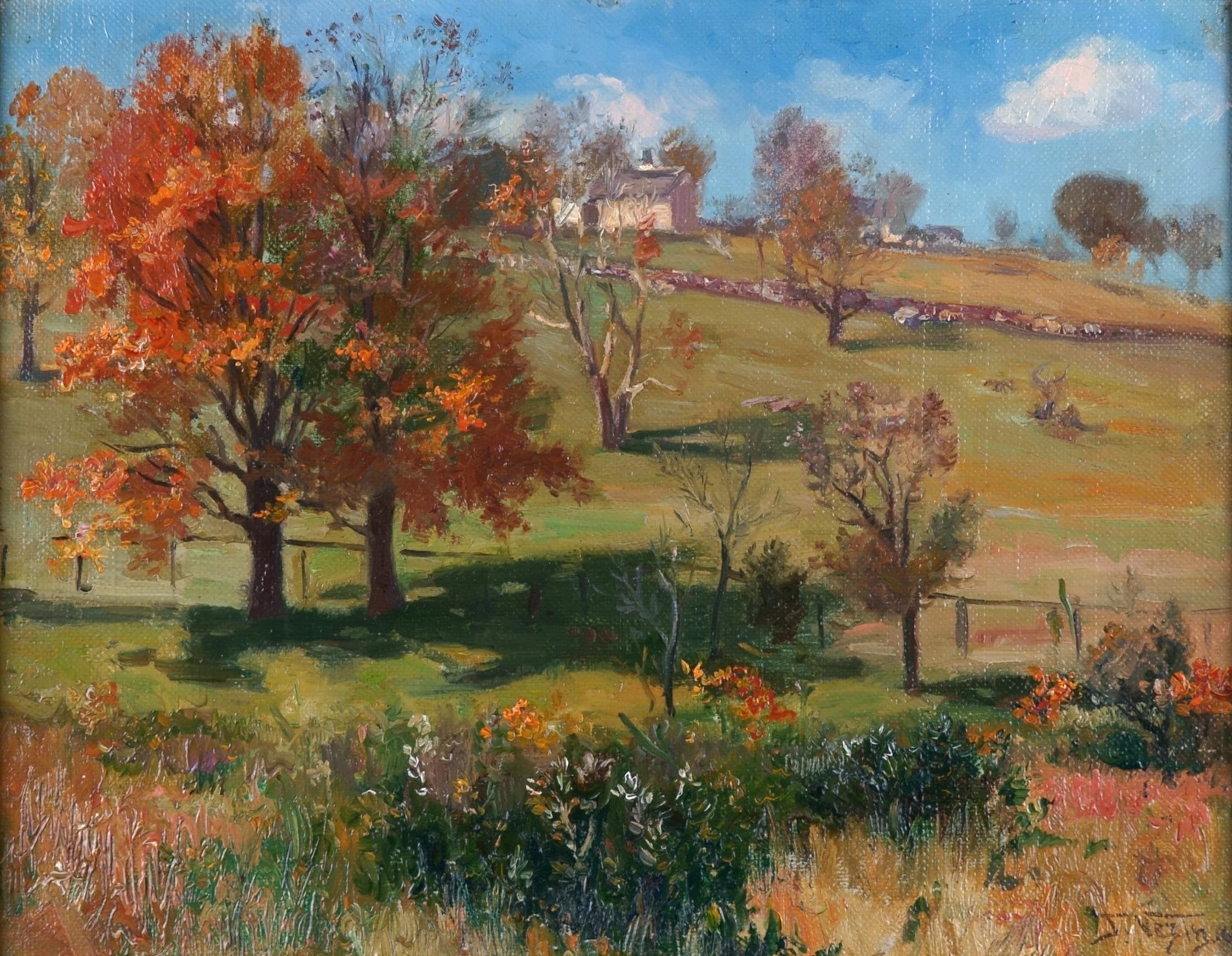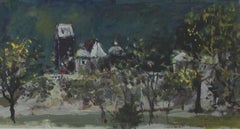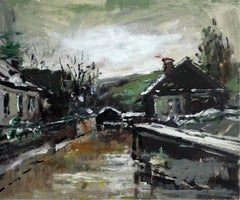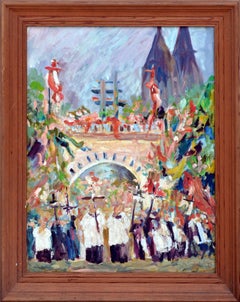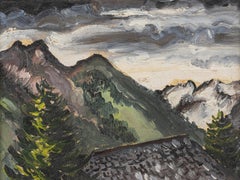Magdalena SpasowiczA view - XXI century, Oil on cardboard, Figurative, Landscape2005
2005
About the Item
- Creator:Magdalena Spasowicz (1927, Polish)
- Creation Year:2005
- Dimensions:Height: 10.44 in (26.5 cm)Width: 15.16 in (38.5 cm)
- Medium:
- Period:
- Condition:
- Gallery Location:Warsaw, PL
- Reference Number:Seller: 43221stDibs: LU101015858522
Magdalena Spasowicz
Magdalena Spasowicz studied at the Academy of Fine Arts in Warsaw at the Faculty of Painting with professor Jan Cybis and the graphics department with professor Tadeusz Kulisiewicz. She received her diploma in 1953. Her works have been presented in numerous exhibitions in Poland, London, New York, Bratislava, Washington, Moscow, Berlin, Budapest and are to be found in private and public collections around the world. In 2017, two individual exhibitions of the artist took place, one at the Regional Museum Kozienice Palace and the other at the Museum of Western Mazovia in Żyrardów. Spasowicz has been spending every single moment on painting for many years now. Most of her paintings are monochromatically colored landscapes, of places where the eye cheers the soul with a sight close to heart, known and well remembered. French paintings of Pissarro and Utrillo have been a very important inspiration for Spasowicz. A desire to still-frame every moment when the artist meets nature and beloved places are imperative, which obliges to come back to canvas and paint. The artistry of the places represented in the paintings of Spasowicz lies deeper, hiding in emotions. Spasowicz sacrifices her time and attention to them and in a way consecrates them at the same time.
- ShippingRetrieving quote...Shipping from: Warsaw, Poland
- Return Policy
More From This Seller
View All21st Century and Contemporary Other Art Style Landscape Paintings
Oil, Cardboard
21st Century and Contemporary Other Art Style Landscape Paintings
Oil, Cardboard
21st Century and Contemporary Other Art Style Landscape Paintings
Oil, Cardboard
21st Century and Contemporary Other Art Style Landscape Paintings
Cardboard, Oil
21st Century and Contemporary Other Art Style Landscape Paintings
Cardboard, Oil
21st Century and Contemporary Post-Impressionist Landscape Paintings
Oil, Cardboard
You May Also Like
1980s Impressionist Figurative Paintings
Oil, Cardboard
20th Century Post-War Figurative Paintings
Oil, Cardboard
1970s Impressionist Landscape Paintings
Oil, Cardboard
21st Century and Contemporary Contemporary Landscape Paintings
Paper, Oil, Cardboard
21st Century and Contemporary Realist Landscape Paintings
Oil, Wood Panel, Cardboard
Early 1900s Impressionist Landscape Paintings
Oil, Cardboard
